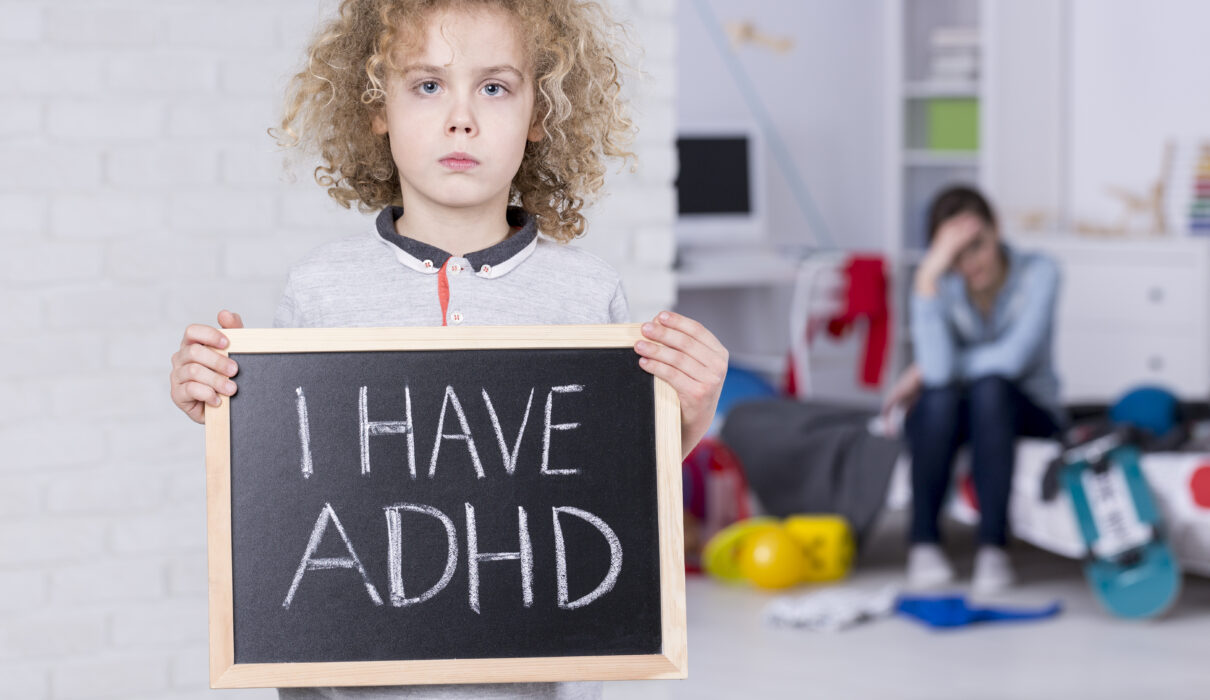Conners scales facilitate the detection of ADHD and allow for the assessment of needs in different areas. Learn what they consist of.
Attention deficit hyperactivity disorder (ADHD) is one of the most talked about conditions of late. This allows parents and teachers to be alert when detecting cases in children, but when assuming a diagnosis it is necessary to resort to useful and reliable standardized instruments such as the Conners scales.
This resource allows determining the presence or absence of certain behaviors and manifestations of ADHD. Thus, based on the frequency of appearance and the relevance of these symptoms, it is concluded whether or not this neurodevelopmental disorder exists. Such measures are the most commonly used instruments in the evaluation of ADHD (Amador et al., 2002).
What are the Conners scales?
These scales are a series of psychometric assessments designed to detect the possible presence of ADHD. They were created by psychologist Dr. C. Keith Conners in 1969. Although their initial objective was to measure the impact of pharmacological treatment in hyperactive children, they soon began to be used in pre-treatment assessments.
The basis of this tool is hetero-observation. In other words, it collects information provided by parents and teachers , who are the figures who spend the most time with the child and best know his or her typical behavior. They list a series of statements that describe the main symptoms of ADHD and these adults respond with how frequently they are present in the child.
We find, then, two main versions of the Conners scales: the scale for parents and the scale for teachers. In addition, each of them is presented in two formats (original and abbreviated) , so in total we have 4 instruments. However, there is also a self-report scale for older children and adolescents.
How are they applied?
As we said, it is the parents and teachers who record the frequency with which each behavior or symptom on the list occurs. To do this, a Likert-type scale is used that goes from “not at all” or “not true” (0 points) to “very much” or “always true” (3 points).
The number of items to be completed depends on the version used, since the original scale for parents has 93 items (48 in the abbreviated version) and the scale for teachers includes 39 items (28 in the abbreviated version).
According to the Pearson Clinical website , this assessment tool performs an analysis in different aspects such as the following:
- Anxiety.
- Impulsiveness.
- Hyperactivity.
- Executive function .
- Emotional indulgence.
- Behavioral problems.
- Learning disabilities.
- Relationships with peers.
It can be applied to children between 6 and 18 years old and is done in a relatively short time (between 5 and 20 minutes depending on the version used).
In addition, a manual shared by the Veracruz Department of Special Education explains that, when correcting and obtaining scores, both the child’s age and gender are taken into account in order to provide a reliable interpretation. By adding the scores of all the items, a measure is obtained that is compared with the corresponding reference population.
Utility of Conners scales to assess ADHD
This instrument allows the evaluation of the presence of symptoms of hyperactivity, impulsivity and inattention, as well as the presence of other behavioral or social problems and difficulties. In addition, it helps the professional to achieve a complete understanding of the child’s behaviors and habits and their areas of difficulty.
Not only is it a good screening tool that assesses the presence of ADHD and brings a diagnosis closer, it also facilitates the development of treatment or intervention plans and allows for monitoring progress or changes (CADAH Foundation, 2013). For example, it helps determine whether it is necessary to include the child in special educational programs or whether it is necessary to modify the medication or psychotherapeutic intervention .
However, although it shows reliability and validity, apart from being a very useful evaluation tool, on its own it is not sufficient to establish a diagnosis (Ocampo, 2016).
In reality, the standardized scores it provides indicate how atypical the child’s behaviors are to the reference population; but the diagnosis will only be reached after evaluating whether the criteria set by the DSM-V or another diagnostic manual are met.
Final Recommendations
In short, if there is any suspicion that a child may have attention deficit hyperactivity disorder, this is one of the first tools to use. However, it is important to know that it has limitations. For example, certain types of ADHD occur with a masking of symptoms that makes their detection more difficult (Walters, 2018).
In addition, it is always important to review each patient’s personal history and conduct a clinical interview to complete the information, in order to avoid errors. Despite this, the Conners scales are a useful and reliable alternative that facilitate the diagnosis, treatment and monitoring of ADHD.


